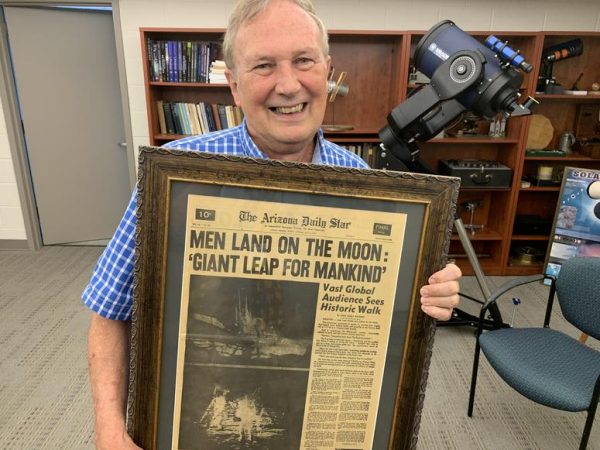Villanova astronomer says he drew inspiration from Apollo 11 – KYW Newsradio 1060
PHILADELPHIA (KYW Newsradio) — As a veteran Villanova University astronomer looks back on 50th anniversary of the historic Apollo 11 mission to the moon, he reveals he gave serious thought to applying to NASA to become an astronaut. But he quickly concluded he didn’t have “the right stuff.”
Before there was “Star Trek,” there was Sputnik, which sparked a young Edward Guinan’s interest in rockets.
The man who became Dr. Edward Guinan recalled it spurred his interest in NASA — which in the early 1960s — was recruiting astronauts.
Guinan says he got his hands on an application.
“But one of the things further down the list is that ‘Were you a fighter pilot?'” Guinan said. “I figured that isn’t me.”

Related:
While studying for his doctorate in physics in New Zealand and doing celestial observations in the mid-1960s, Guinan says he found “Star Trek,” the original series on television.
“I trekked down a mile from a mountain, watched “Star Trek,” had a few beers, and then went back up to observe again,” Guinan said. “It was inspiring.”
But after the moon landing and the end of the Apollo program, Guinan – who teaches astronomy and astrophysics at Villanova – said he decided it was better to explore the heavens from the confines of the Earth.
“I never imagined myself ever getting interested in or doing things with NASA.” Guinan said. “But they started to build astronomical satellites and the one that I cut my teeth on along with many other astronomers was called the International Ultraviolet Explorer, launched in 1979.”
The space telescope Hubble followed and now Guinan uses NASA grants for research with his students, searching for distant stars that might have planets in their orbit.






